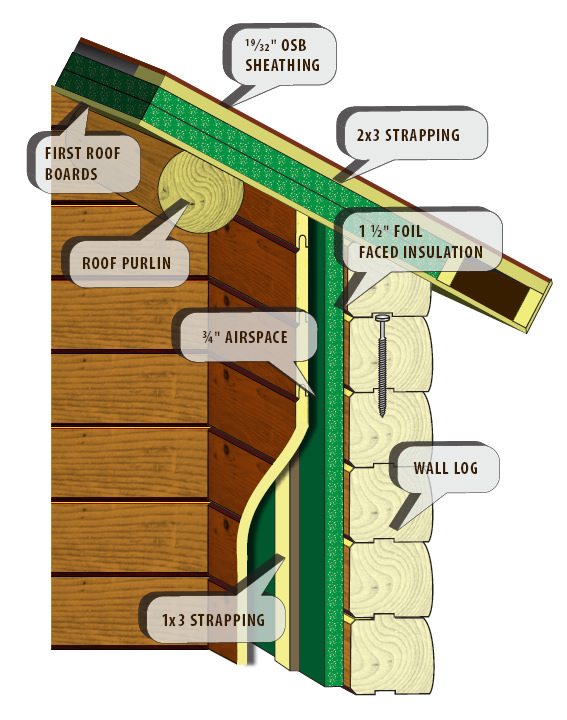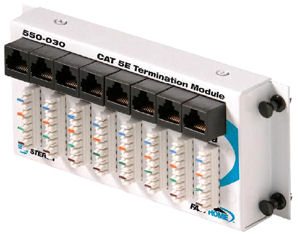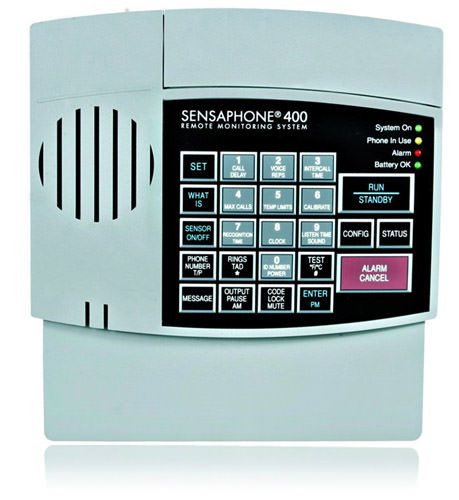The electrical system in your log home demands even more attention when you consider how much additional electronic "stuff" our lives contain. Even if you are a minimalist, it makes sense from a resale and investment perspective to ensure that your log home is designed with the most effective electronic wiring available.
We spoke to Stan Mayer, owner of a electronic and appliance store Featherstone in Deep Creek, Md. Mayer specializes in designing and installing data networks, home cinema and other large appliances in many Katahdin Cedar Log Homes in this resort area outside Washington DC. Mayer said that most people don’t do enough pre-planning for all the television, internet, sound and lighting systems their home will require.
 Katahdin’s new R-23 Energy Envelope and its original insulation packages allow for easier and more cost efficient wiring than other log home manufacturers, but the homeowner "still needs to sit down with the electrical contractor early in the planning process," Mayer said.
Katahdin’s new R-23 Energy Envelope and its original insulation packages allow for easier and more cost efficient wiring than other log home manufacturers, but the homeowner "still needs to sit down with the electrical contractor early in the planning process," Mayer said.
"Review your plans with the electrician with a list of appliances, televisions, sound systems, security, lighting, and computer stations to map out where you want these appliances to go," Mayer said. "Think about where the television might go, where the headboard in the master bedroom might be located, and which rooms might have high electrical demand, such as home offices, or entertainment centers." All these areas will benefit from careful mapping out of convenience outlets, wiring and other electrical considerations.
Some homeowners are opting for a hub system in which several components can be assembled into one central utility location, and wired throughout the home from there. Telephone and data hubs can be configured to meet a variety of demands in a home, and keep inlet wiring centralized. This central location can also offer the space to set up a wifi router, so that desktop computers and laptops can access the internet without being tethered to a cable outlet. Once your computers are set up with a wireless configuration, you’ll be able to use a wireless router connected to the cable modem to transmit internet access throughout your home.
assembled into one central utility location, and wired throughout the home from there. Telephone and data hubs can be configured to meet a variety of demands in a home, and keep inlet wiring centralized. This central location can also offer the space to set up a wifi router, so that desktop computers and laptops can access the internet without being tethered to a cable outlet. Once your computers are set up with a wireless configuration, you’ll be able to use a wireless router connected to the cable modem to transmit internet access throughout your home.
Security systems should also be included in the electrical mapping session. Meet with the security system provider to identify the optimal location of various sensors, motion detectors, interior and exterior lighting and security touch pads. These will all need to be electrified, and it’s less expensive and easier to wire for these add-ons even if you may not install them right away.
 One device Mayer says is worth installing is a Sensaphone Cottage Sitter, especially if your home is seasonal or you travel frequently. This nifty battery-powered device can monitor various environmental conditions within your unattended home and alert you immediately via telephone should problems arise. The Cottage Sitter can monitor for temperature, humidity, electricity, flooding, smoke, and ambient sounds, among other sensory features. As many as eight different telephone numbers can be entered into the Cottage Sitter and will continue to call until one of the numbers is answered. Once you are alerted you can use a speaker to listen to sounds, receive updates and reports or program certain alerts to be directed to a local service company.
One device Mayer says is worth installing is a Sensaphone Cottage Sitter, especially if your home is seasonal or you travel frequently. This nifty battery-powered device can monitor various environmental conditions within your unattended home and alert you immediately via telephone should problems arise. The Cottage Sitter can monitor for temperature, humidity, electricity, flooding, smoke, and ambient sounds, among other sensory features. As many as eight different telephone numbers can be entered into the Cottage Sitter and will continue to call until one of the numbers is answered. Once you are alerted you can use a speaker to listen to sounds, receive updates and reports or program certain alerts to be directed to a local service company.
